At CES this week, Intel announced a couple dozen new CPUs — and an interesting new mobile strategy.



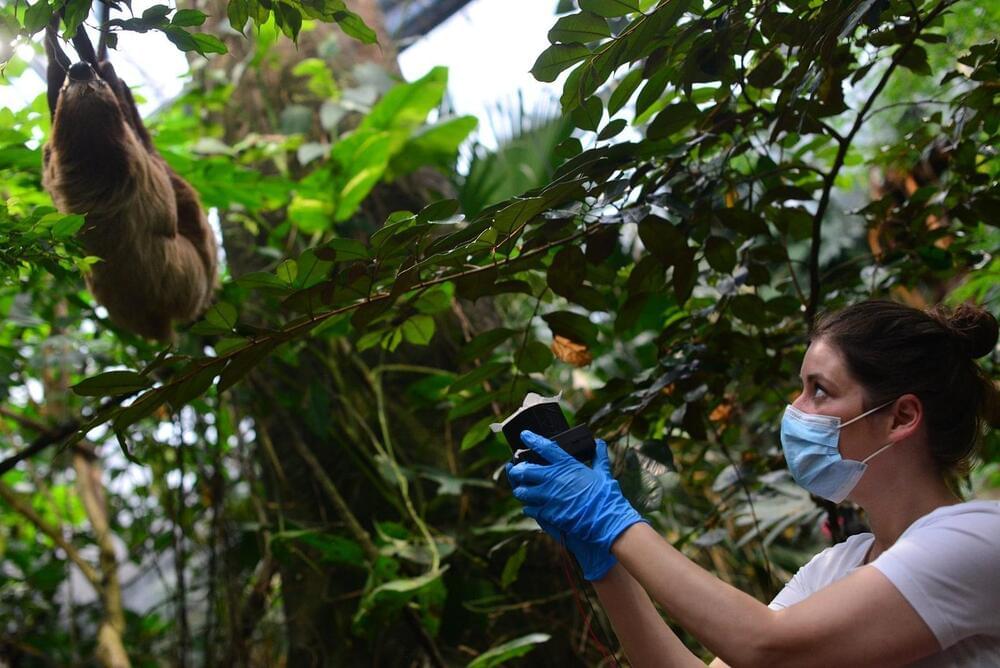
While doing their research, the teams had no knowledge of the other’s work, but after finding each other’s preprint proof-of-concept papers online, the two groups decided to submit their manuscripts for review together. “It’s insane that two groups did such similar studies in two places, but it’s also a very rare opportunity,” says Bohmann.
The fact the groups took different paths to find a similar result is particularly compelling, says Mark Johnson, who studies eDNA and Texas Tech University and was not involved in the work. “It’s really exciting looking at how both of these papers, done independently of each other, have produced, really, the same results,” says Johnson. “It adds that extra little bit of validation that what we’re seeing is real.” While hopeful about the future of airborne eDNA, Johnson notes huge leaps need to be made before the techniques used in the zoo can be applied in the field. Collecting eDNA in the wild adds a host of new variables, and enclosed spaces like caves may accumulate genetic material differently than open areas like grasslands. “The next step is to take it from the zoo into the natural environment and see what we find there,” says Johnson.
Clare and Bohmann anticipate that one of the best applications of airborne DNA could be to measure biodiversity in difficult-to-access places, such as burrows and caves. Fabian Roger, an eDNA researcher at ETH in Switzerland, is eager to see how the work could be applied to studying insects. “We have very little ways of monitoring them other than catching and killing them,” says Roger, who was not involved in the recent work. Using eDNA to detect insect species from a sample of air instead of trapping them could rapidly advance entomology research. The technique could also clue scientists into the presence or spread of an invasive species. Like Clare and Bohmann, Roger doesn’t see airborne eDNA as a replacement for traditional monitoring methods, but as another tool they can use. “Biodiversity science is sort of an all-hands-on-deck situation. It’s not one over the other, or one or the other,” says Roger.

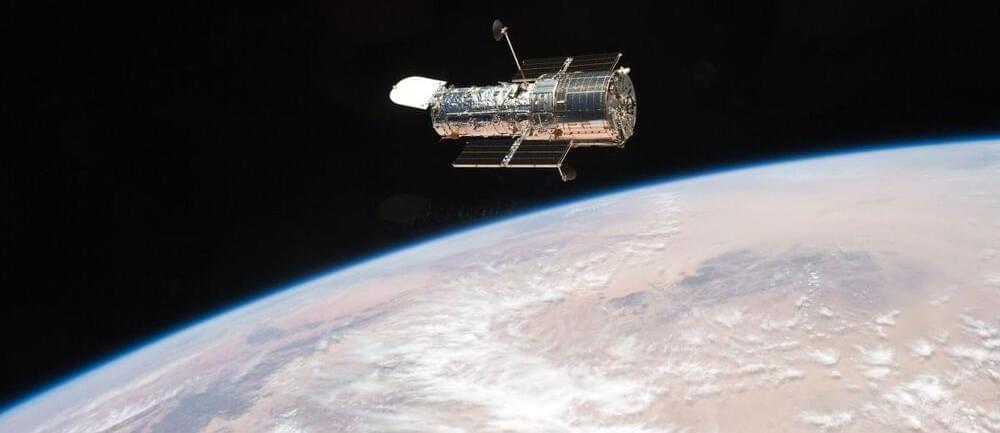

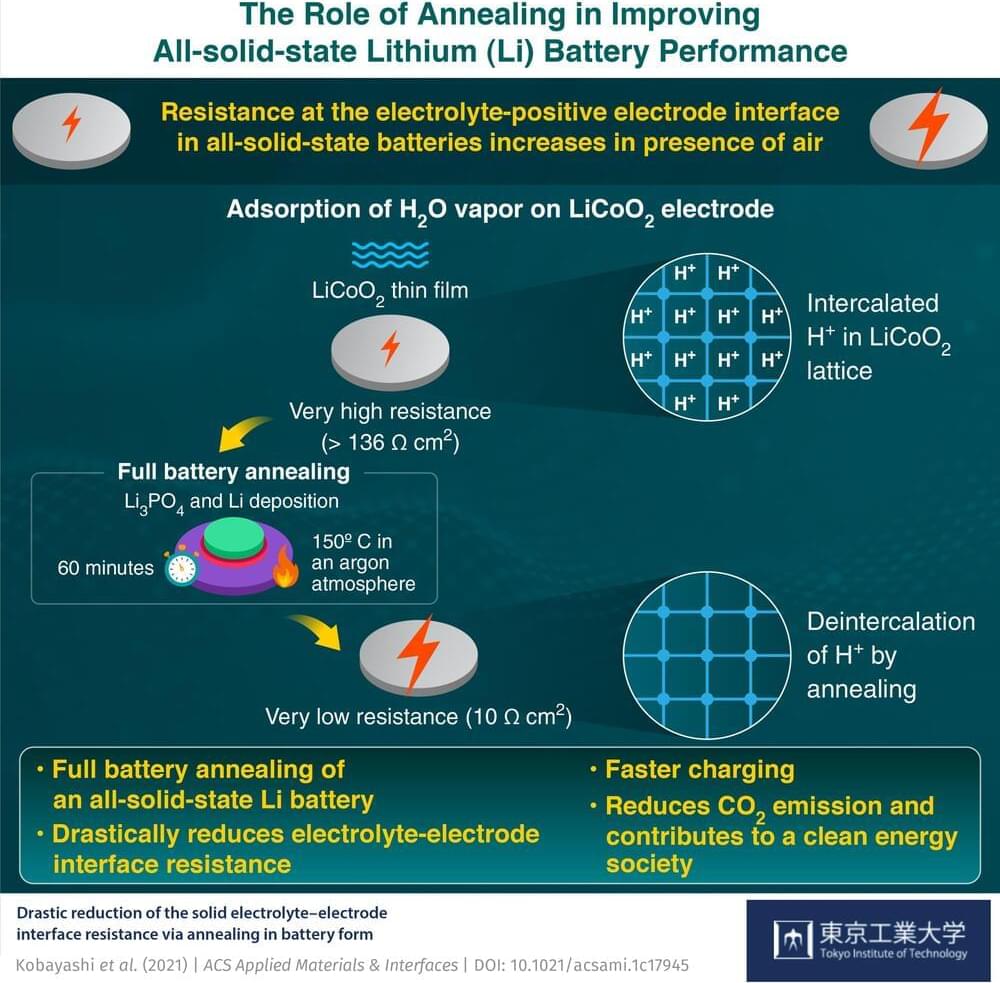
All-solid-state batteries are now one step closer to becoming the powerhouse of next-generation electronics, as researchers from Tokyo Tech, National Institute of Advanced Industrial Science and Technology (AIST), and Yamagata University introduce a strategy to restore their low electrical resistance. They also explore the underlying reduction mechanism, paving the way for a more fundamental understanding of the workings of all-solid-state lithium batteries.
All-solid-state lithium batteries have become the new craze in materials science and engineering as conventional lithium-ion batteries can no longer meet the standards for advanced technologies, such as electric vehicles, which demand high energy densities, fast charging, and long cycle lives. All-solid-state batteries, which use a solid electrolyte instead of a liquid electrolyte found in traditional batteries, not only meet these standards but are comparatively safer and more convenient as they have the possibility to charge in a short time.
However, the solid electrolyte comes with its own challenge. It turns out that the interface between the positive electrode and solid electrolyte shows a large electrical resistance whose origin is not well understood. Furthermore, the resistance increases when the electrode surface is exposed to air, degrading the battery capacity and performance. While several attempts have been made to lower the resistance, none have managed to bring it down to 10 Ω cm2 (ohm centimeter-squared), the reported interface resistance value when not exposed to air.
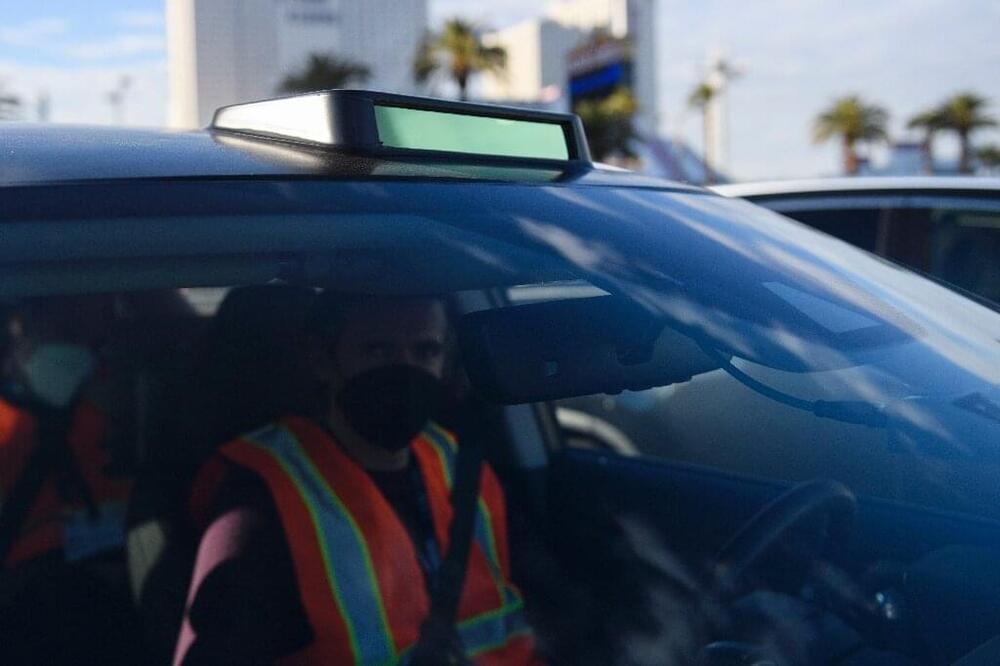
As it pursues the goal of fully autonomous driving, Tesla has bet entirely on cameras and artificial intelligence, shunning other commonly used tools such as laser detection.
Tesla Chief Executive Elon Musk has touted a system built around eight “surround” cameras that feed data into the auto’s “deep neural network,” according to Tesla’s website.
But as with so many other things involving Tesla, there is controversy.
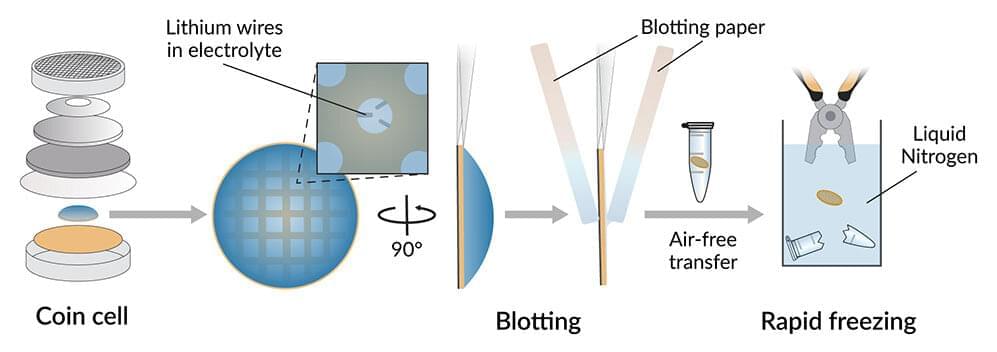
Lithium metal batteries could store much more charge in a given space than today’s lithium-ion batteries, and the race is on to develop them for next-gen electric vehicles, electronics and other uses.
But one of the hurdles that stand in the way is a silent battle between two of the battery’s parts. The liquid between the battery electrodes, known as the electrolyte, corrodes the surface of the lithium metal anode, coating it in a thin layer of gunk called the solid-electrolyte interphase, or SEI.
Although formation of SEI is believed to be inevitable, researchers hope to stabilize and control the growth of this layer in a way that maximizes the battery’s performance. But until now they have never had a clear picture of what the SEI looks like when it’s saturated with electrolyte, as it would be in a working battery.
